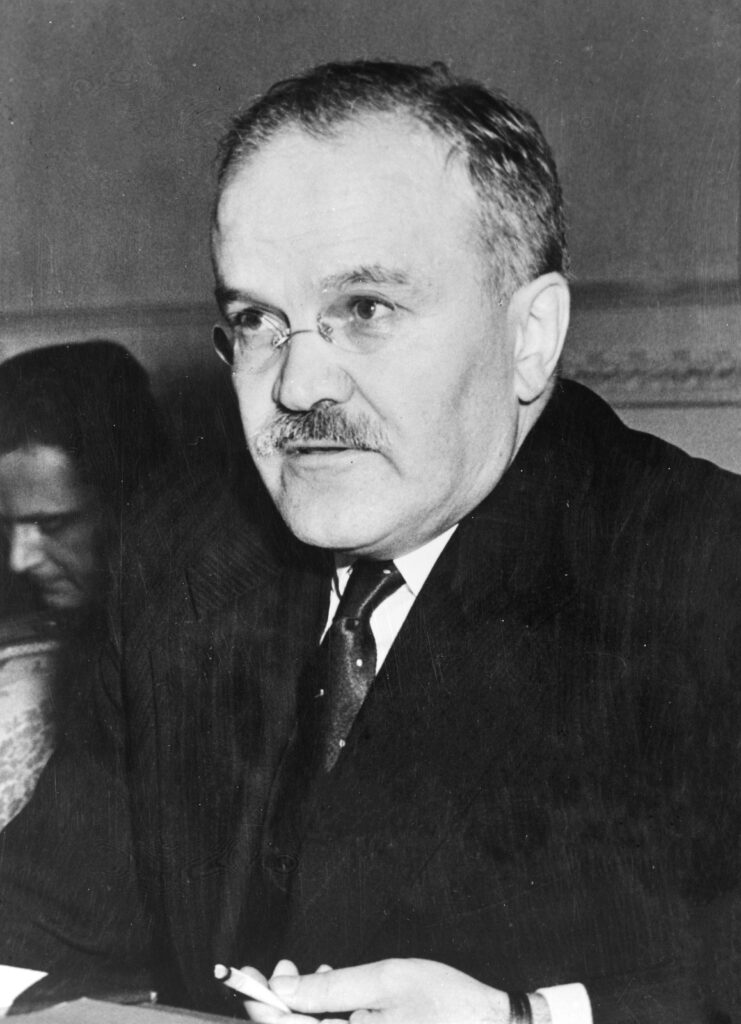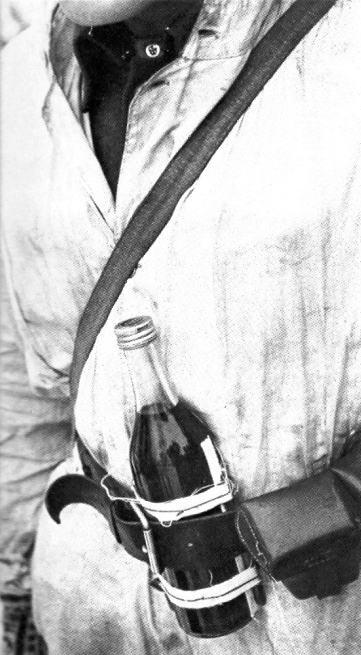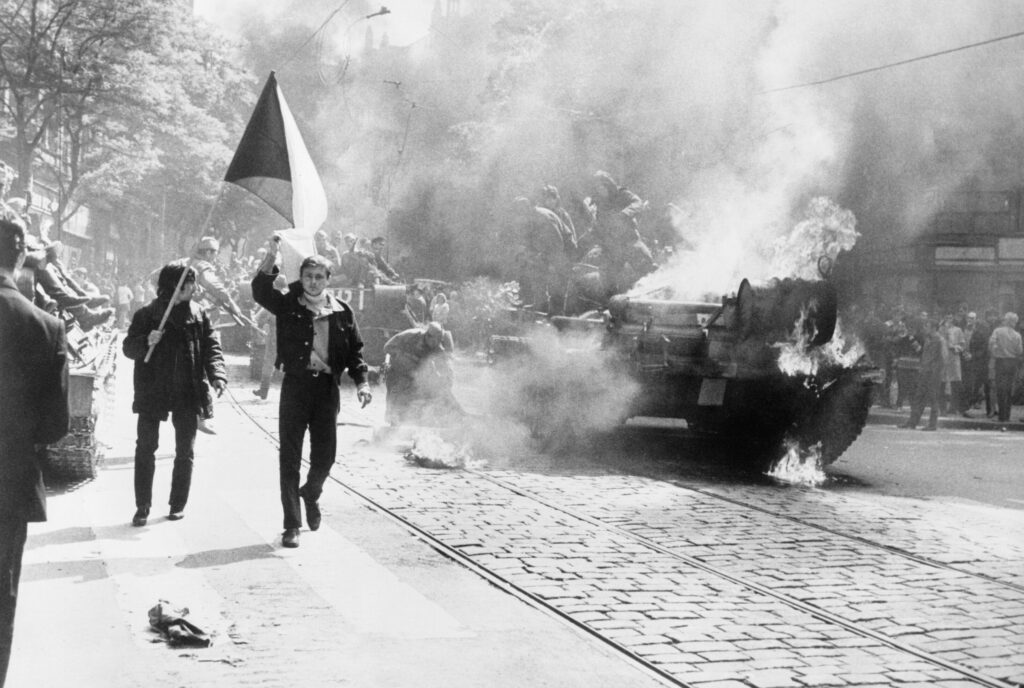Saturn V, SpaceX Starship, Space Shuttle (with external tank and solid rocket boosters).

SpaceX Starship, Tesla Cybertruck, human figure, SpaceX CrewDragon, Space Shuttle.


I am excited about the upcoming Apple Music Classical app, due to be released at the end of this month.
Unlike regular Apple Music, the new app will feature indexing specific to classical music. This means users will be able to search for composers, periods, sub-genres as well as orchestras, conductors and specific performances.
But there is more: Apppe Music Classical promises more fairness toward classical musicians. Under the existing model, streaming royalties are paid per play. Here’s what this amounts to:
Consider the production costs of a cheaply whipped out, primitive and formulaic 2-minute pop song produced from computer software, and without any formal musical training.
Now consider the costs for recording a whole orchestra consisting of musicians with decades of training, playing a whole symphony in a large venue or studio, with very expensive instruments, and it’s all recorded and mixed with expensive equipment and in complex setups requiring a large group of audio technicians.
These two examples incur very different production costs. And yet, under the current streaming model, both of the examples mentioned above are yielding the same payout per play. This was never fair.
Details have not been released at this time, but it is presumed that Apple Music Classical will pay royalties not only per play, but also by listening time, and perhaps even other factors. For example, I would hope that a full orchestra or opera company would get higher royalties than a chamber orchestra or a small ensemble. Time will tell.
Use of the app is included with existing Apple Music subscriptions. Apple Music Classical can already be pre-ordered at the App Store.

North Carolina-based Blue Force Technologies, a composite aerostructures maker and Boeing supplier, is proposing UAVs which can mimic “the electronic signature, performance and tactics of Chinese or Russian 5th generation J-20 or Su-50 fighters”, according to a recent article in Forbes.com.
Named “Fury”, the purpose of the firm’s design study is to provide a much cheaper training aid for aircrews practicing intercept maneuvers against the latest generation of Russian and Chinese fighter jets. To accomplish this, the Fury UAV will “look, act and smell” like the real thing – at least beyond visual range. The advantage, compared to conventional training against manned aircraft representing the enemy is much lower cost. Many of the Fury parts, including the jet engine, can be sourced from existing, commercial production lines and off-the-shelf parts.

While the advantages for training purposes are obvious, I believe this technology can easily be adapted for another purpose. If drones can be built to simulate enemy fighters to on-board radars, and ground or air based early warning systems, then such drones can also be configured to mimic an F-16, F-15, F-22 or F-35, for example. And this would make it possible to use these UAVs as decoys. They could be sent into contested airspace for the purpose of triggering the enemy’s air defense systems.
Once these UAVs are “lit up” by enemy radar and the adversary launches surface-to-air missiles, the locations of mobile radars and mobile missile launchers are much easier to detect. They can be immediately targeted before the enemy can reposition them. Even if such a counterattack is not successful, the enemy will at least have used up some of his surface-to-air missiles to shoot down relatively low-cost drones.
If the technology works and large-scale production can bring down the cost, the introduction of large numbers of such decoy drones into a contested airspace could thoroughly confuse and disrupt hostile air defenses. Concealed among many decoy drones, the “real items” would be ready to strike the enemy’s air defenses while they are distracted and triggered by the decoys.
This is an emerging defense technology worth keeping an eye on.
The term “Molotov cocktail” came from the Russian invasion of Finland in 1939. Finnish soldiers and civilians resisted the numerically far bigger, communist Red Army with home made fire grenades named after Soviet foreign minister Vyacheslav Molotov, Molotovin koktaili.
The term’s origin was a response to Russian propaganda. Molotov was claiming on Soviet state radio that bombing missions over Finland were actually airborne humanitarian food deliveries for their starving neighbors. This was, of course, a blatant lie.

The outraged Finnish population sarcastically dubbed the Soviet cluster bombs “Molotov bread baskets” in reference to Molotov’s propaganda broadcasts. And when they began using hand-held bottle firebombs to destroy Soviet tanks, they called them “a drink to go with his food parcels”.
When skillfully thrown against vulnerable points on vehicles (such as trucks, armored personnel carriers or tanks), the little fire grenades were surprisingly successful at the time. So successful indeed that the Finns commissioned the distillery company Oy Alkoholiliike Ab to manufacture Molotov cocktails industrially. It is said that the company made 450,000 of them.

Finland’s fierce resistance and the fighting spirit of its population succeeded in preserving the country’s independence. But it came at a cost of at least 70,000 Finnish lives and large territories, which were ceded to the Soviet Union during the peace negotiations.
Since then, the Molotov cocktail has been a weapon of choice in many conflicts involving civilians against an overwhelming force. For instance, during the Hungarian uprising against Soviet control in 1956, Molotov cocktails thrown by Hungarian street fighters destroyed as many as 400 tanks before the Soviet military crushed the rebellion. Similar fighting occurred in 1968, during the Prague Spring in Czechoslovakia.

In essence, a Molotov cocktail is a primitive incendiary weapon. It consists of a breakable glass bottle filled with a flammable liquid. A fuse of some sort is attached to the outside and lit before throwing the bottle, which shatters upon impact and spreads the flammable liquid. Various kinds of liquids, fuses and added chemicals have been used, and there are some versions that produce the ignition by a chemical reaction rather than by manually lighting a fuse.
How effective these devices still are against modern military vehicles is highly questionable. Over time, military vehicles have been hardened against this sort of attack. Vulnerable points (such as tires, the cogs on which tank tracks run, air intakes and radiators) have been improved, and there are often fire suppression systems on board. And an effective counter tactic is for convoys to move very rapidly. At the same time, the delivery of a Molotov cocktail (usually by direct throwing from very close range, or by dropping from buildings, bridges or other structures) subjects the combatant to great risk. As in any form of combat, the risk-benefit assessment is very tricky and comes down to probabilities.
by Reinhard Kargl
On March 4, 2018, former Russian intelligence officer Sergei Skripal and his daughter Yulia were poisoned in the English city of Salisbury. Since then, journalists have been scrambling to find out more about the alleged poison, a mysterious substance identified by British authorities as “Novichok”.
First off, it isn’t just one chemical, but appears to be a whole new class of nerve agents, a type of chemical weapons which disrupt the mechanisms by which nerves control vital body functions.
So far, we are familiar with two main classes of nerve agents. The “G-series” was first synthesized by German scientists during World War II. Among this group are tabun, also known as “GA” (invented in 1936), sarin, also known as “GB” (invented in 1939) and soman, also known as “GD” (invented in 1944). (Interesting detail: the Third Reich’s military refused to deploy nerve agents as weapons even though by the end of the war, between 500 kg to 10 tons had been produced. But that’s another story). After the war, GF (cyclosarin) was added to this group in 1949.
The second group, the V-series agents, go back to mostly British development, which was continued with work done the U.S. and the Soviet Union during the Cold War. Members of this class are VE, VG, VM, VR, and VX.
Novichok (Russian: Новичо́к, “newcomer”) seems to be a class of nerve agents different from the two above. It was developed by the Soviet Union during the 1970s and 1980s as part of a secret weapons program reportedly named “Foliant”. The specific intent was to be undetectable by standard NATO methods at the time, to defeat NATO protective gear, and to circumvent the Chemical Weapons Convention list of controlled precursors and classes of chemicals. All in all, over 100 chemical variants were developed and tested.
Most of what little is in the public domain about this can be traced to publications by two Russian chemists, Lev Fedorov and Vil Mirzayanov, writing for the Moskovskiye Novosti weekly in 1992. Mirzayanov claimed he made his disclosure out of environmental concerns, after measuring levels of deadly substances 80 times greater than the maximum safe concentration in the vicinity of Russian chemical weapons facilities. Mirzayanov was arrested in October 1992 and charged with high treason. He served some time in prison, and subsequent to his release, left Russia to live in the U.S. However, during Mirzayanov’s trial, some more details about the Novichok program emerged, and the Russian military was forced to acknowledge the existence of this group of chemicals.
According to Mirzayanov, the most potent compounds from this family, Novichok-5 and Novichok-7, are supposedly around five to eight times more potent than VX. The agents are reportedly capable of being delivered as a liquid, aerosol or gas via a variety of delivery systems, including bombs, missiles, artillery shells and spraying devices.
The absorption of nerve agents into the human body can be by skin contact, ingestion, inhalation or injection. Generally speaking, these chemicals were conceptualized as weapons of mass destruction and for wide dispersement. The pin-point use as murder weapons in targeted assassinations appears to have been an afterthought. But it is now well documented in several instances, such as the murders of Russian banker Ivan Kivelidi and his secretary Zara Ismailov in 1995, or the killing of Kim Jong-nam in Malaysia on February 13, 2017. (The U.S. Department of State has claimed the assassination was a plot conducted by agents of North Korea, using VX).
And here it gets extremely troubling. It would appear that nerve agents, due to their rapid effectiveness in extremely small doses, make ideal weapons for assassinations. However, these chemicals require highly specialized skills and facilities to develop, manufacture and deploy – all of which is difficult to conduct except in the presence of state-sponsored weapons programs. Even where chemical weapons treaties led to the controlled and audited destruction of chemical weapons of mass destruction, there can be no doubt that small batches of all these substances were retained, and that of course, the process of making them (even in very small quantities) is well understood by those who were involved in these military weapons programs.
So are we looking at a coming new era of silent state-sponsored assassinations? Could this become a method for governments or institutions to get rid of regime critics, political dissenters or opponents, alleged traitors, whistleblowers and others deemed a threat, on a large scale?
It could well be. The other options – an illicit trade of these substances, or the possibility that criminal organizations, terrorist groups or rogue individuals may have found ways to cook them up in hidden labs – are equally scary.
Either way this will play out, the future on this issue looks gloomy.